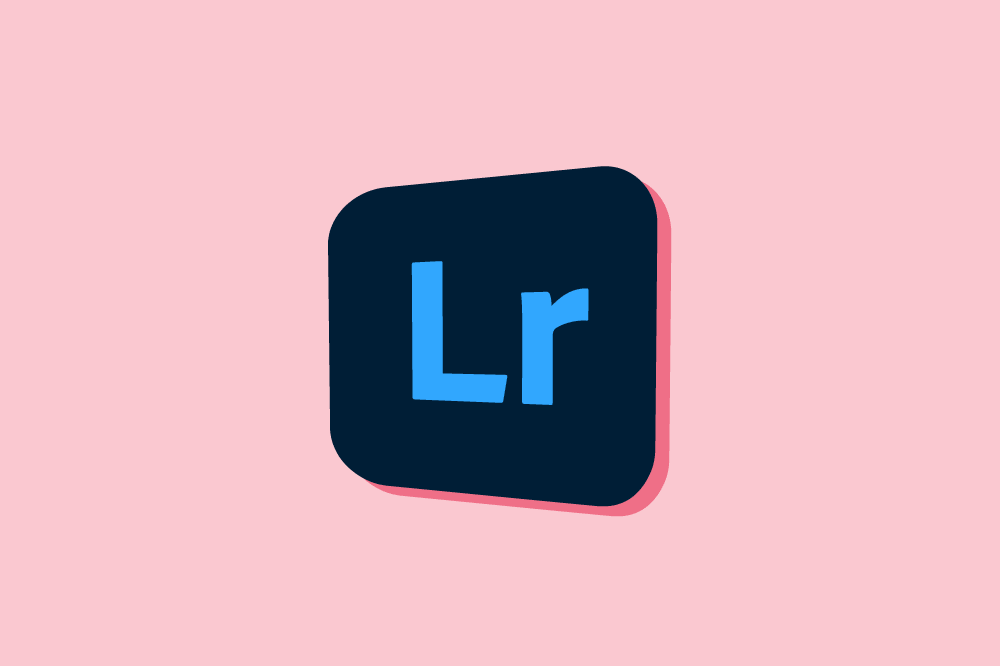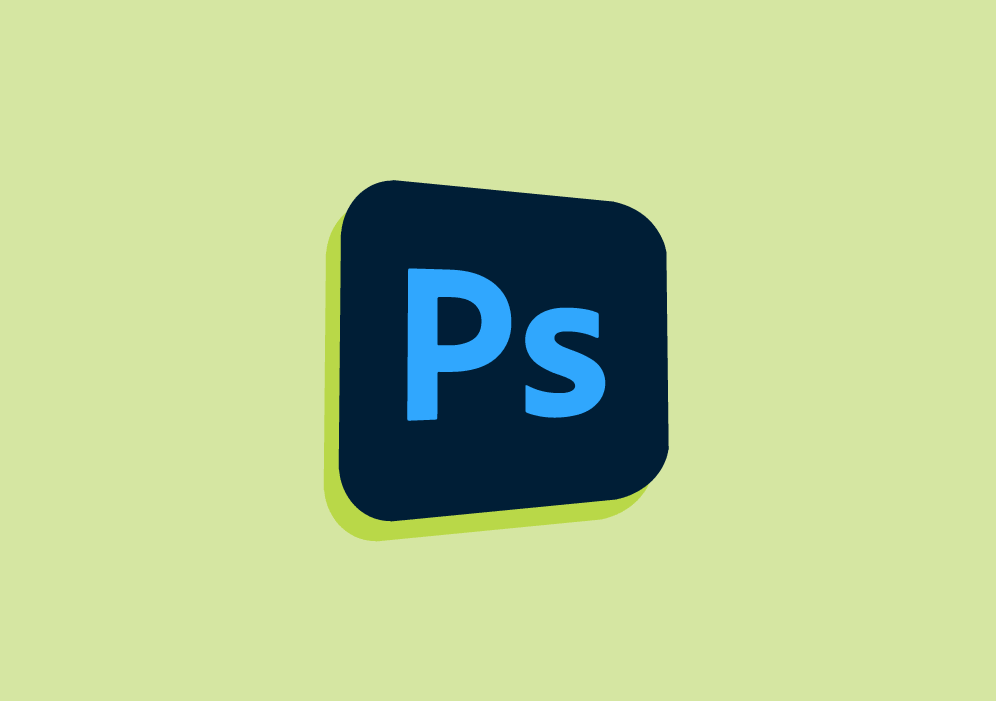Adobe’s prowess comes from its batch of photo-editing software. When a beginner is on the lookout for a photo editing application, two applications are presented as the choice; Adobe Photoshop and Adobe Lightroom. But why does Adobe offer two different applications for the same purpose; photo editing? This is what this article will make clear for all the new photographers and editors getting into the Adobe ecosystem. This is Adobe Lightroom vs Photoshop.
Before we get into the comparison, both Lightroom and Photoshop have included in the Adobe Creative Cloud subscription although an individual subscription is also available. We’ll first start by looking at everything that makes both applications similar and then the things that set them apart. Finally, which one is better for you and your work.
A brief description of both applications
Both Lightroom and Photoshop are created to aid photographers and editors to edit raster-based images. Raster based images mean pixel-based images, like the ones taken from a camera. Photoshop is the most famous Adobe application and one of the most used photo editors in the world. It was created in 1987 and has been updated regularly, currently in the latest 2020 version.
Adobe Lightroom was created in 2007 and interestingly, it was officially called Adobe Photoshop Lightroom. Adobe wanted to take a subset of Photoshop users and create a more specialized derivative of Photoshop for photographers. Now let’s take a look at the things that make Photoshop and Lightroom similar. This will help you use one of either program for some common tasks.
Similarities in Lightroom and Photoshop
Raster: Both the applications are raster-based. This means that both applications work on pixel-based images taken from the camera. Formats such as JPEG, PNG, GIF, TIFF, etc are all compatible with these software. Lightroom also supports RAW files and a plugin for Photoshop makes it support RAW files as well.
Photo adjustments: Both Lightroom and Photoshop are very capable of adjusting variables of a photo. These are all the basic tweaks that photographers need. It includes exposure, brightness, contrast, color histogram, white balance, texture, noise, etc. All the important options to color grade your photos are present in both the applications.
Cloud support: Both Photoshop and Lightroom come with cloud support to enable you to save files on the cloud and access them on any device you want.
Similar interface: Lightroom is a derivative of Photoshop. This means that if you have used Photoshop before then Lightroom feels like a familiar place. The same is true conversely; Lightroom users will find Photoshop’s interface easy to understand.
This is where the similarities end. There might be a few more but those are irrelevant. The important ones have been listed. Now let’s take a look at all the things that make these two applications different and more importantly, why those differences arose?

Why Lightroom should be your choice
The biggest and most important difference between these two is Lightroom is focused on photo adjustments whereas Photoshop focuses on image manipulations. This means that Lightroom is used to color grade the image, balance the exposure, contrast, and enhance the look of it, making the image look professional than the original version.
Photoshop works at the pixel-level. This means that it can edit and manipulate a single pixel of the photo. It can do all the things Lightroom can, but it can also remove portions of a photo, impose it on another, create a composite image, remove the entire background by understanding the depth of the photo, the list goes on. Photoshop is no doubt a more powerful and capable photo editor.
Here are some other minor differences;
Photo library: Adobe Lightroom is not just a photo editor but also a great photo organizer. This means that all your photos are displayed in the application. This is not the case for Photoshop where you have to open individual photo files. Lightroom is an excellent photo organizer.
Using Lightroom, you can tag, star, flag photos, and organize them in any way you want. Keywords can be used to categorize photos in separate categories and it also has a bulk edit feature to let you work on multiple photos at the same time.
Native RAW support: Lightroom has native RAW file support. This means that you can take a picture with your professional camera and import it directly to Lightroom and start editing it. Photoshop has no native RAW support which means you have to get Adobe Camera RAW to work with a RAW file. This might not be a “real” difference but life is better when you don’t have to get something extra for basic functionality. I am looking at you, Apple.
Workflow: Adobe Lightroom blows Photoshop out of the water in terms of workflow. If you have a lot of files to work on, Photoshop can be a mess. Open each document on new tabs which is taxing for your RAM, the work on the photos individually. In Lightroom, the workflow is fluid with easy access to photos, cataloging, and the ability to apply presets to the files which save time.
Autosave: There is no “Save as” button in Lightroom. This is because all the edits in the application are non-destructive. This means that the original photo is never changed. Lightroom keeps the adjustment settings with itself and applies it to the photo when you want it. So you can always get the original file without the worry of ruining it. This is not the case with Photoshop. You’ll have to create multiple layers to keep the original photo intact. This creates other problems.
Size: Since the edits are preserved separately in Lightroom, the size of the edited photos is relatively less than the ones in Photoshop. Photoshop’s edited images tend to be very large.

Focused: Lightroom is a way more focused image editor than Photoshop. While Photoshop can do everything Lightroom can, Lightroom is far more precise and focused, allowing users to edit the images and don’t worry about the rest. Lightroom is meant for photographers who don’t need excessive functionality and just want to adjust and color grade their images.
Ease of use: Adobe Lightroom is not only easier and simpler to learn and use but the learning curve is far more shallow, especially when compared to Photoshop. Take a beginner and give him/her both the application. Within an hour, the beginner can at least change the exposure, work with colors, and do little tweakings in Lightroom. Photoshop would look like the control panel of an ongoing Mars mission.
Organizing: Photoshop may have the term “photo” in its moniker but it cannot handle large batches of photos. Organizing photos is a nightmare, especially if you are the photographer who takes 10 shots of a single subject to get the perfect picture. Lightroom is far better in organizing photos because it can read the metadata and allow you to tag and categorize images, however you want.
Photoshop is like a single, small table with fine tools, most of which you won’t need all the time. You can fit multiple pictures on this table, but it could get cumbersome. Lightroom is a shelf with multiple labelings.
Techcity TImes

Why you should consider Photoshop
So Lightroom is a more focused and “light” version of Photoshop. Adobe created it for photographers who did not want complex features but intuitive and clean useful ones. If you are a photographer, Lightroom would be enough. So what extra do you get in Photoshop? A lot.
Photoshop is not just a photo editor, but a photo manipulator. This means that not only you can change some properties of a photo (as in Lightroom) but you can actually add things that were never there. You can remove portions of the picture and the program calculates what’s behind it. For example, if you took a picture of something behind a cage, you can actually remove the crisscrossed cage wires to show the subject behind, clearly!
A new feature that is about to come to Photoshop will let you decrease or increase the age of the subject. You can cut the head of a person and make a tree grow out of it…in Photoshop. Create a light source that was never there, change your face to look like a realistic Squidward or Homer Simpson. It can get pretty wild. Photoshop can actually let you do things that others would call magic.
If Adobe Lightroom is a tool to help you change the colors of a sketch, Photoshop is a combination of color pencils, scissors, glue, and pretty much anything you need to make your crafts project.
Techcity Times
Of course, this magic comes at a cost, both monetary and skills. Photoshop is expensive and the learning curve is very steep. I think it is the toughest Adobe software to learn. But it is the most powerful one as well. So if you are hoping to get into Photoshop, know that it’s gonna take a long time for you to master it properly.
If you want to just edit some photos, change the color grading, and make it look professional, then skip Photoshop because Lightroom does it more efficiently and it is far easier to learn. This concludes the article. Read more articles related to Adobe’s software and master their Creative Cloud:
- Adobe Illustrator vs Adobe Photoshop: Battle of the Giants
- Here are all the Adobe Illustrator Alternatives that you can try and save a fortune
- Raster vs Vector: What Makes them Similar and What makes them different?
- Here’s everything you need to know about Adobe InDesign
- Why Adobe InCopy exists and why it should not be used by itself
